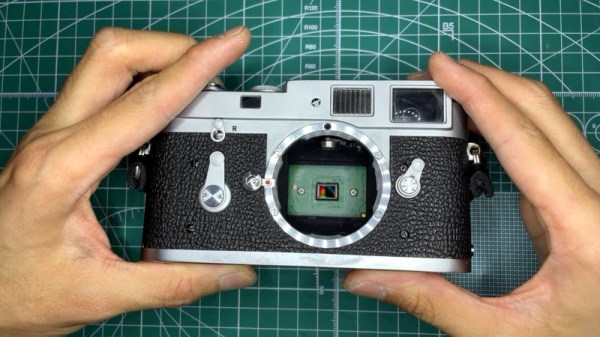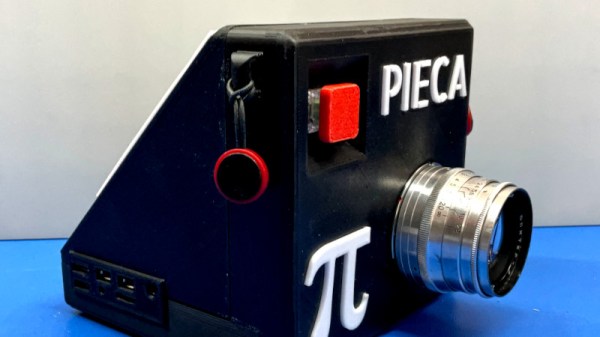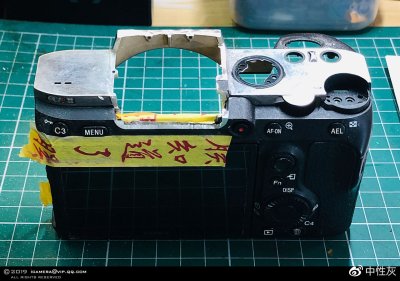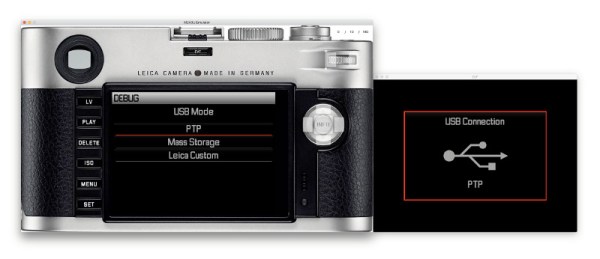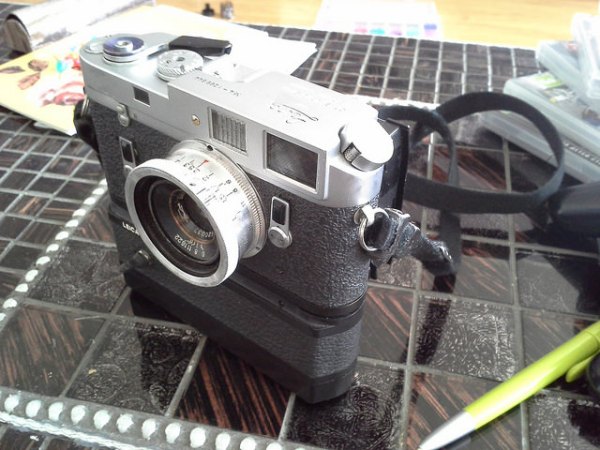One of the earliest commercially-successful camera technologies was the rangefinder — a rather mechanically-complex system that allows a photographer to focus by triangulating a subject, often in a dedicated focusing window, and and frame the shot with another window, all without ever actually looking through the lens. Rangefinder photographers will give you any number of reasons why their camera is just better than the others — it’s faster to use, the focusing is more accurate, the camera is lighter — but in today’s era of lightweight mirrorless digitals, all of these arguments sound like vinyl aficionados saying “The sound is just more round, man. Digital recordings are all square.” (This is being written by somebody who shoots with a rangefinder and listens to vinyl).
While there are loads of analog rangefinders floating around eBay, the trouble nowadays is that digital rangefinders are rare, and all but impossible to find for a reasonable price. Rather than complaining on Reddit after getting fed up with the lack of affordable options, [Mr.50mm] decided to do something about it, and build his own digital rangefinder for less than $250.
Part of the problem is that, aside from a few exceptions, the only digital rangefinders have been manufactured by Leica, a German company often touted as the Holy Grail of photography. Whether you agree with the hype or consider them overrated toys, they’re sure expensive. Even in the used market, you’d be hard-pressed to find an older model for less than $2,000, and the newest models can be upwards of $10,000.
Rather than start from scratch, he fused two low-cost and commonly-available cameras into one with some careful surgery and 3D printing. The digital bits came from a Panasonic GF3, a 12 MP camera that can be had for around $120, and the rangefinder system from an old Soviet camera called the Fed 5, which you can get for less than $50 if you’re lucky. The Fed 5 also conveniently worked with Leica Thread Mount (LTM) lenses, a precursor to the modern bayonet-mount lenses, so [Mr.50mm] lifted the lens mounting hardware from it as well.
Even LTM lenses are relatively cheap, as they’re not compatible with modern Leicas. Anyone who’s dabbled in building or repairing cameras will tell you that there’s loads of precision involved. If the image sensor, or film plane, offset is off by the slightest bit, you’ll never achieve a sharp focus — and that’s just one of many aspects that need to be just right. [Mr.50mm]’s attention to detail really paid off, as the sample images (which you can see in the video below) look fantastic. Continue reading “Fusing Cheap EBay Find Into A Digital Rangefinder”


